Bottom fishing on major rivers is still active but the source of shrimp and fish caught is gradually decreasing.
A time of "prosperity"
I still remember a long time ago, around 2000-2002, during the survey trips using bo bo to survey the current status of the river banks of major rivers in Vinh Long province (such as Hau River, Co Chien River, Mang Thit River...), the author "self-counted" with the naked eye and asked some people in the hamlets where bo bo were close to the banks, and there were roughly about 30 rafts of bottom fishing on the river.
Typically, on the Co Chien River there are hamlets in group 6, ward 5 (Vinh Long town, now Vinh Long city); hamlets in Hoa My communal house and Dong Thanh doi hamlet in My An commune, hamlets in Cai Ke estuary in My Phuoc commune (Mang Thit district); hamlets in Phuoc Ly in Quoi Thien commune, hamlets in Thanh Phong estuary in Thanh Binh commune, hamlets in Phuoc Tuong in Quoi An commune (Vung Liem district). On the Hau River there are hamlets in Tan Loi hamlet and Tan Thuan hamlet in Tan Quoi commune (Binh Minh district, now Binh Minh town), hamlets in My An hamlet, Phu Xuan, Phu Loi, Phu Long hamlets in Phu Thanh commune (Tra On district), hamlets in An Thanh and My Thanh B hamlets in Thien My commune (Tra On district). On the Mang River there are hamlets in Mang river estuary in Chanh An commune (Mang Thit district) and hamlet 7 in Hoa Hiep commune (Tam Binh district)...
Along with the bottom rows are the bottom-setting hamlets (or bottom hamlets) located on the riverbank, near the bottom rows. They are called hamlets but there are only about 10 households doing this job. The identifying sign is when sitting on the boat looking towards the riverbank, you will see H-shaped wooden frames erected 7-10m high, these are the racks for drying the bottom nets after the bottom rafts are pulled up to catch fish or after the bottom mouths are dyed with cassava color, to help the bottom nets become stronger.
Mr. Ha Thanh Hoa (87 years old) in Cai Can 1 hamlet, My Phuoc commune (Mang Thit district) said that he used to work as a bottom fisherman on the Co Chien river, in the Hoa My bottom hamlet of My An commune (Mang Thit district), then he quit his job and returned to My Phuoc commune to live. In the 1970s and 1980s, the Dong Thanh bottom hamlet and Hoa My communal house hamlet were very busy, with 15 bottom fisher households and nearly 20 bottom mouths, including households from Chau Doc and Tan Chau ( An Giang ) coming here to bottom fish. There were a lot of fish and shrimp at that time, especially during the time of the southwestern border war, countless linh fish were caught, each household had several piles of linh fish piled as high as a pile of rice. The bottom fisher could not pull the bottom up and had to dump the bottom, there were so many fish that some households could not pick them all and had to ask the whole hamlet to pick them. The bottom hamlet became bustling day and night during the fishing season.
In Tan Hoa ward (Vinh Long city), there used to be a Tan Hoa communal house hamlet (in Tan Huong hamlet, Tan Hoa commune, Vinh Long town) that also experienced a prosperous period. Right after the liberation in 1975, the hamlet had 14 households, thanks to the fish source right on the main river - Tien river, so there were a lot of shrimp and fish. In the flood season, the households that built the hamlets could both catch fish. In the flood season, the most fish caught was on the 10th of the 10th lunar month, with many linh fish, green-legged shrimp...; in the dry season, the most fish caught was in the 11th and 12th lunar months, with anchovies, long tong fish, phen fish, buffalo tongue, chicken comb, stingray... But this hamlet was disbanded in 2002 because it was located within the protection area of My Thuan bridge.
Unstable income, profession gradually disappears
According to the 2002 report of the provincial fisheries management unit at that time, the Vinh Long Province Aquatic Resources Protection Department, the whole province had a total of 180 households engaged in bottom fishing. The largest number of bottom rafts was in Vung Liem district with nearly 50 rafts with an output of about 150 tons/year and Tra On district with 30 bottom rafts with an output of about 80 tons/year... But now, this number has decreased significantly, many bottom rafts have stopped fishing; the reason is that the amount of shrimp and fish in the river is decreasing, leading to a sharp decrease in fishing output, unstable fishing time, low income for fishermen and the work is hard and dangerous.
Mr. Huynh Van Thanh in hamlet 6, ward 5 (Vinh Long city), a veteran in the bottom fishing profession, said that the amount of shrimp and fish has decreased sharply since the years of the great floods of 2000-2002. The number of fish and shrimp has gradually decreased, and the number of shrimp and fish species has decreased as well; currently, many species are absent such as giant freshwater prawns, black shiner, buffalo tongue fish, alum fish, etc., and bottom fishing mainly catches long tong fish and anchovies. Since then, the income from bottom fishing has been very unstable.
Currently, Mr. Thanh still has 2 14m wide bottom traps, built on the bottom row across the Co Chien River. Every day, he can only enter the high tide, when the water is just high, he drives the boat to the bottom row to drop the bottom; then waits about 5-6 hours when the water flows slower, then pulls the bottom traps up to catch fish; each time like that, he only catches 5-7kg of fish, which he sells at Vinh Long market for 300,000-400,000 VND. But not every day can he catch that much fish, some days he only catches a few hundred grams, so he has to keep them for home consumption.
In fact, he can only work for 6 months a year (from the 11th lunar month of the previous year to the 5th lunar month of the following year), and only rests when the red water season comes. Each month, the bottom can only flow for about 15 days during the 2 high water periods (full moon and 30th lunar month), earning 5-6 million VND/month. Due to low income, not enough to take care of 4 people in the family, so now he only works alone, not daring to hire anyone to help, even though pulling 2 bottom mouths is very hard and going to the middle of the big river is very dangerous. After the bottom season, he and his wife have to do all kinds of jobs to make ends meet.
Mr. Thanh sadly added that due to unstable income, the craft villages and the fishing boats are gradually disappearing. In the past, this fishing village in Hamlet 6 was very prosperous, with many boats and fishing boats anchored densely along the banks of the Co Chien River, stretching nearly 1 kilometer, from Cai Son Be estuary to Long Ho estuary. Now there are only 4 households practicing the profession, plus 6 more households in An Binh commune (Long Ho district), making 10 households, building 13 fishing boats on the current fishing boat row across the Co Chien River. The reason this fishing village has existed for more than 30 years is because most of them are poor households, with little capital and no land, so fishing boats and fishing boats are their only means of livelihood. The households that have survived until now are also thanks to receiving land compensation and support from the government to build embankments to prevent erosion on the banks of the Co Chien River.
According to Mr. Ha Thanh Hoa, the Dong Thanh elephant bottom hamlet and Hoa My communal house bottom hamlet (My An commune, Mang Thit district) have been out of work for more than 15 years now, most of the fishermen have switched to working as workers for brick kilns, some have turned to fishing with trawlers. Currently, the Tien and Co Chien rivers, stretching dozens of kilometers, from My Thuan bridge to the head of Dai islet (Quoi Thien commune, Vung Liem district), only the bottom hamlet in group 6, ward 5 (Vinh Long city) is still active.
Mr. Thanh confided that although the fishing village has existed for decades, no one has become rich from this profession. Most of the households working on fishing boats along the river still have difficulties; as long as they work, they still have money, but when the season ends, they wash their hands. The profession is passed down from generation to generation, and they are not trained in fishing techniques, nor are they supported with capital to develop the profession. At first, the State also forced them to apply for a fishing license and pay taxes. Later, the fishing season became increasingly unsuccessful, so the government exempted them from this. The households that stick to the profession are facing more and more difficulties as the source of shrimp and fish gradually dries up, although this profession is still able to sustain itself, because it provides food for people's daily meals. Natural river shrimp and fish are still favored by many consumers, but the quantity caught is gradually decreasing, as well as the fishing boat profession in the river area here is gradually fading away...
Article and photos: HANH LE
Source: https://baocantho.com.vn/bap-benh-nghe-dong-day-a187104.html


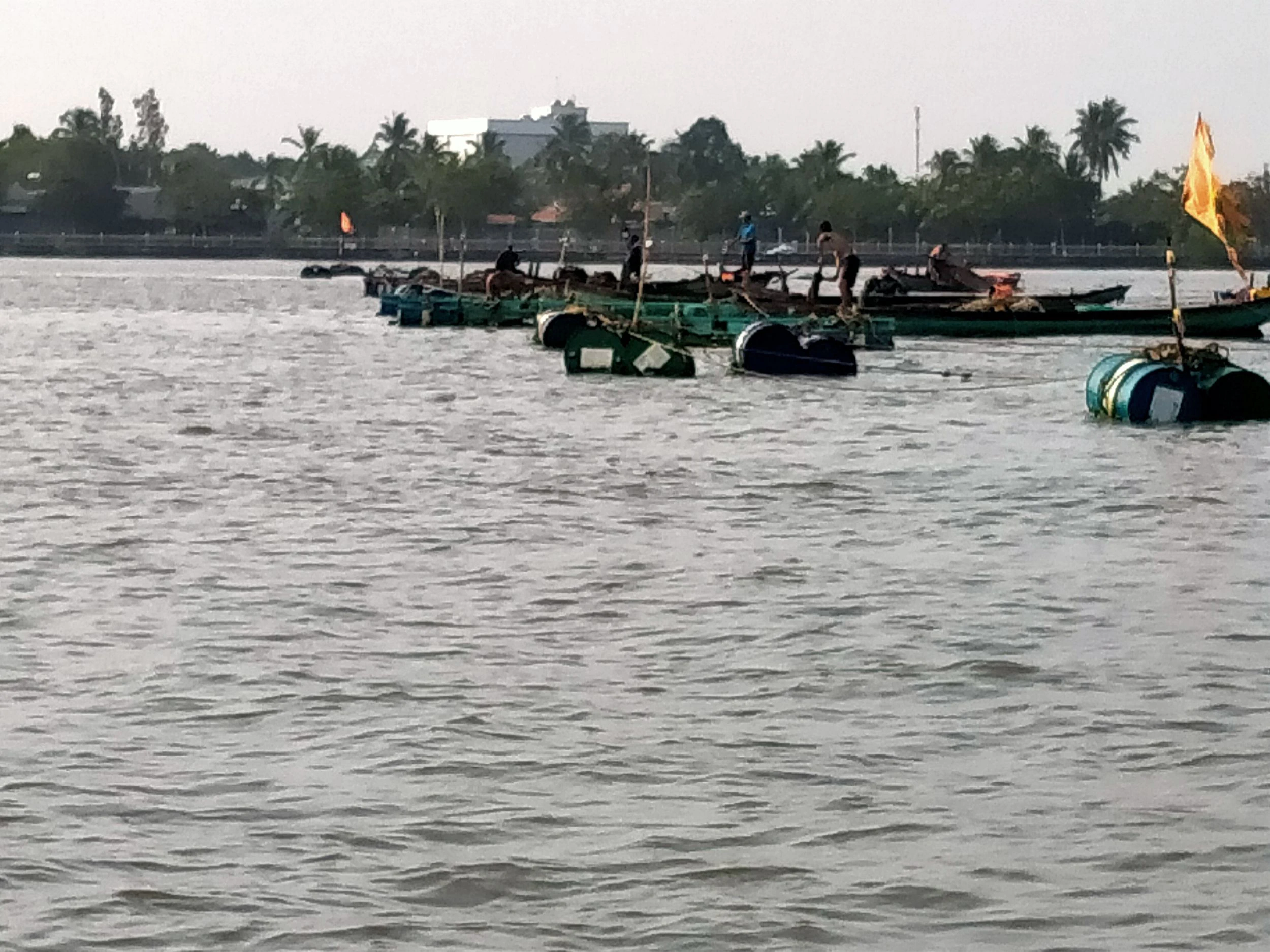


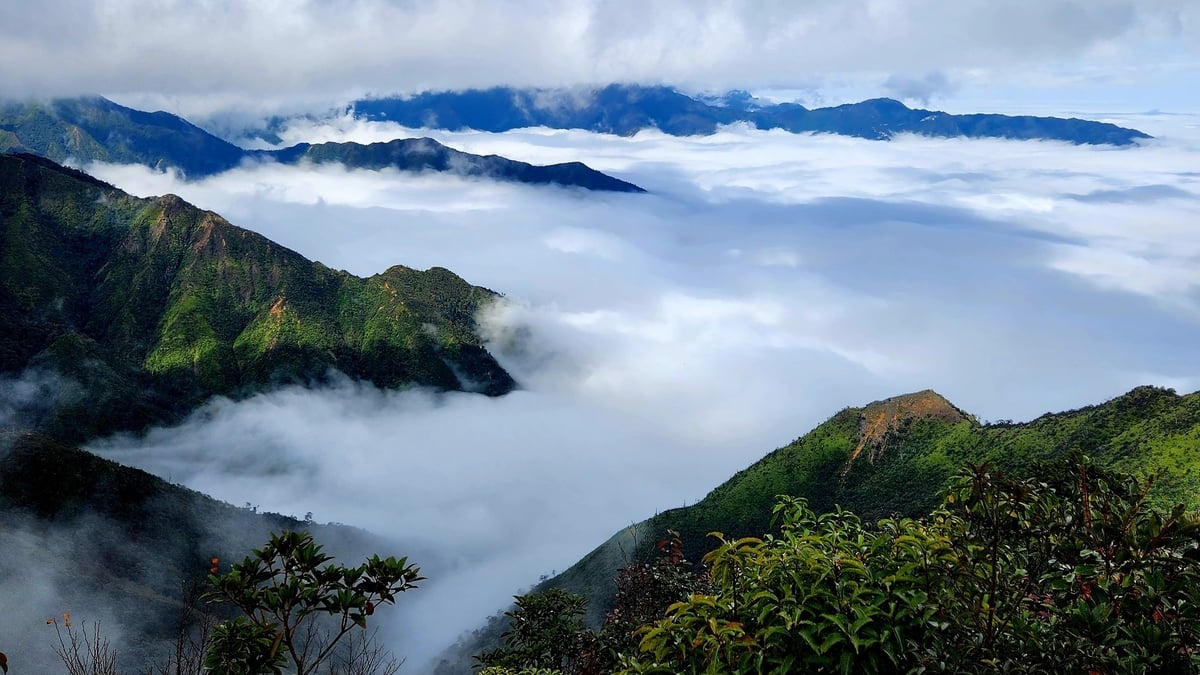

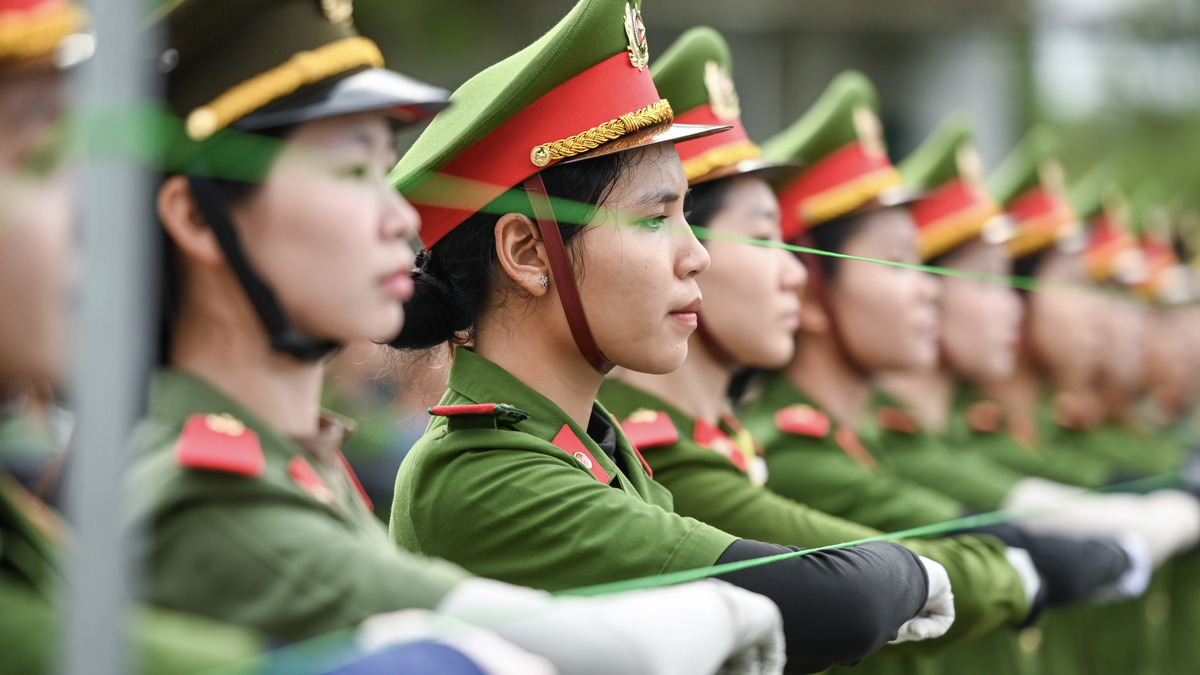




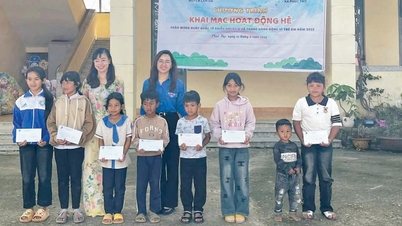








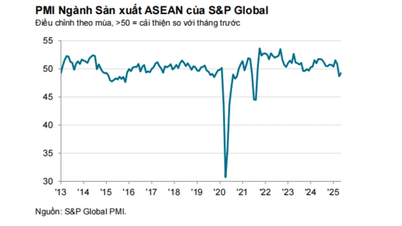

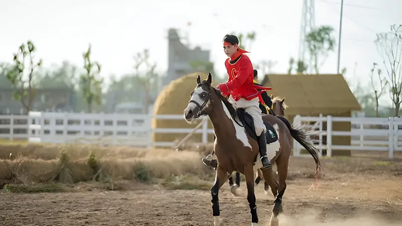
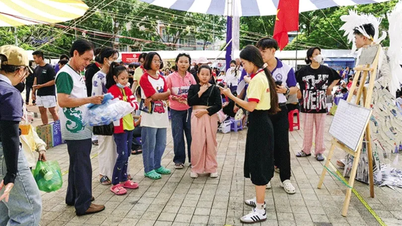
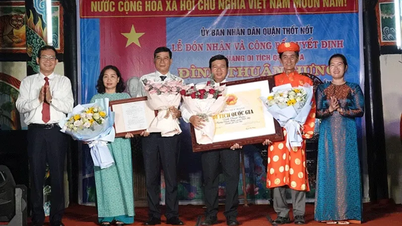

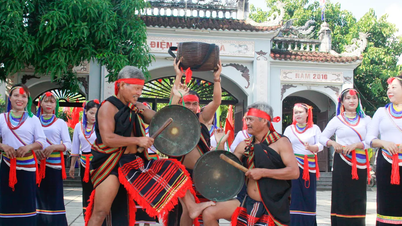

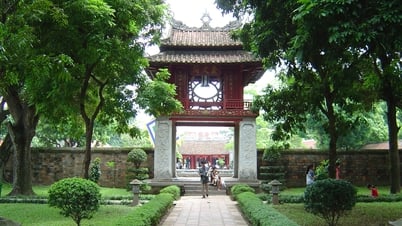

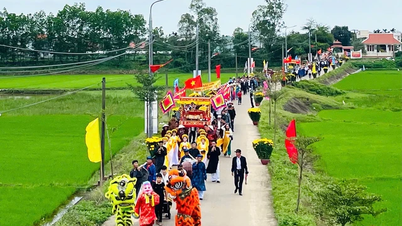

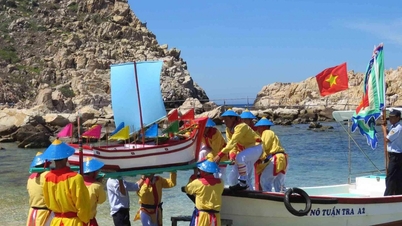

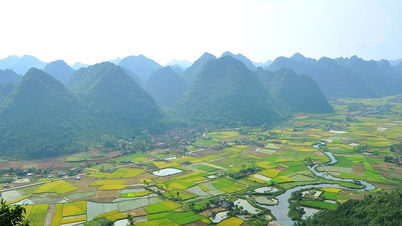

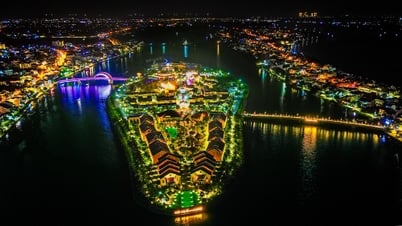



















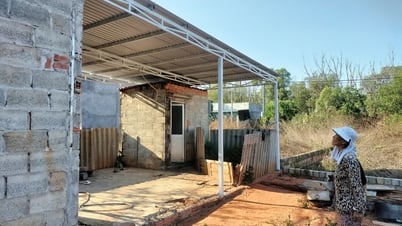











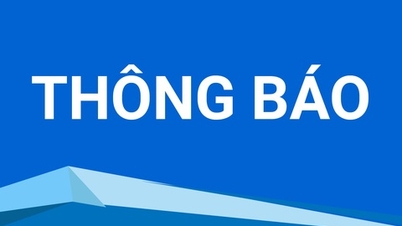



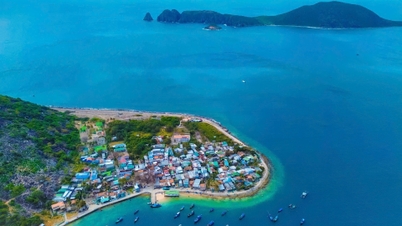
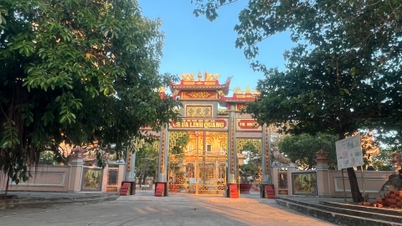




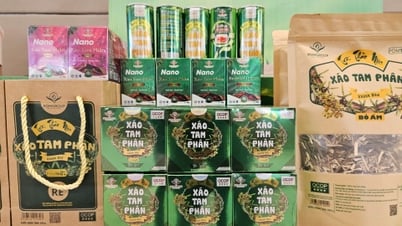

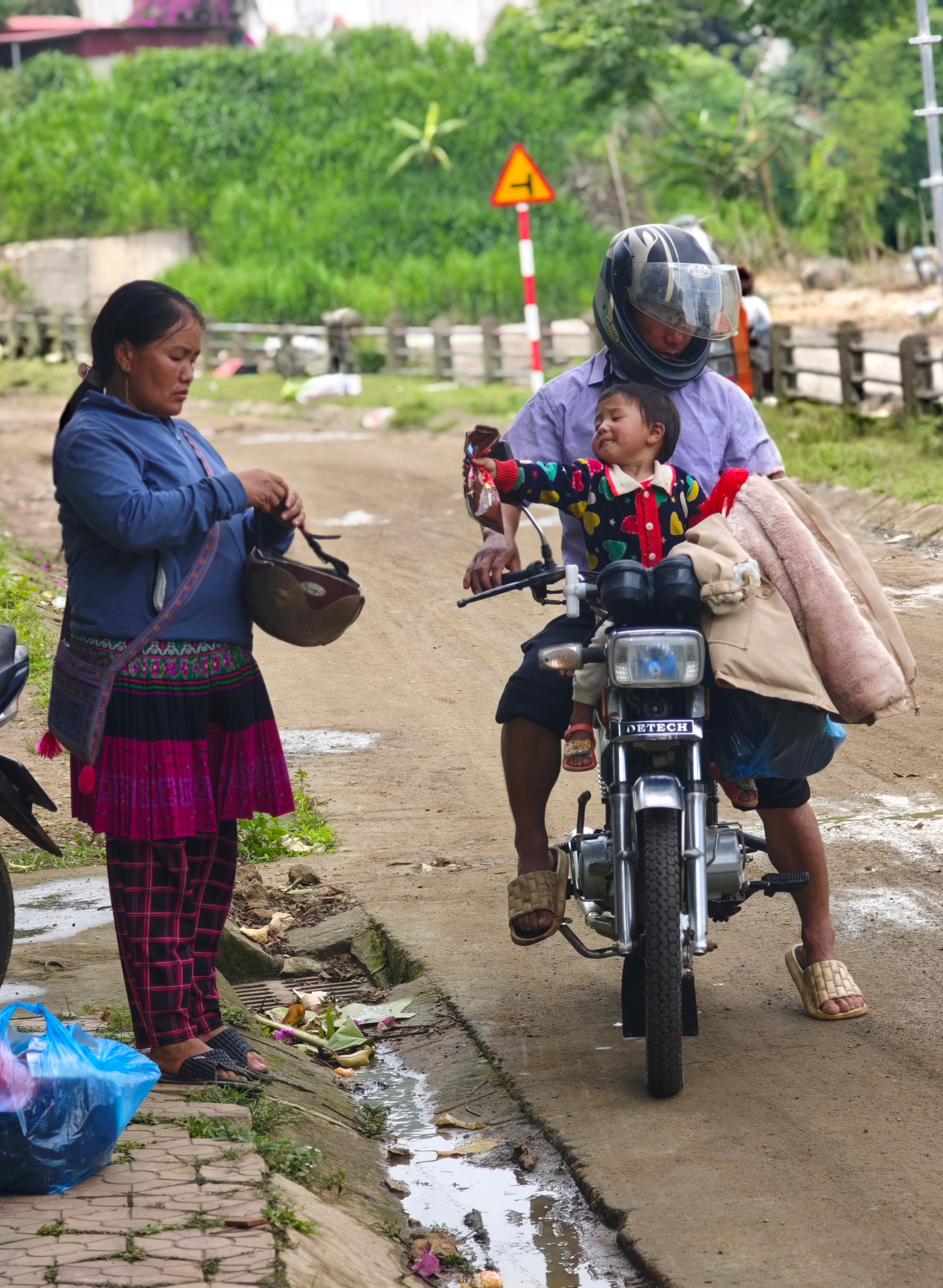
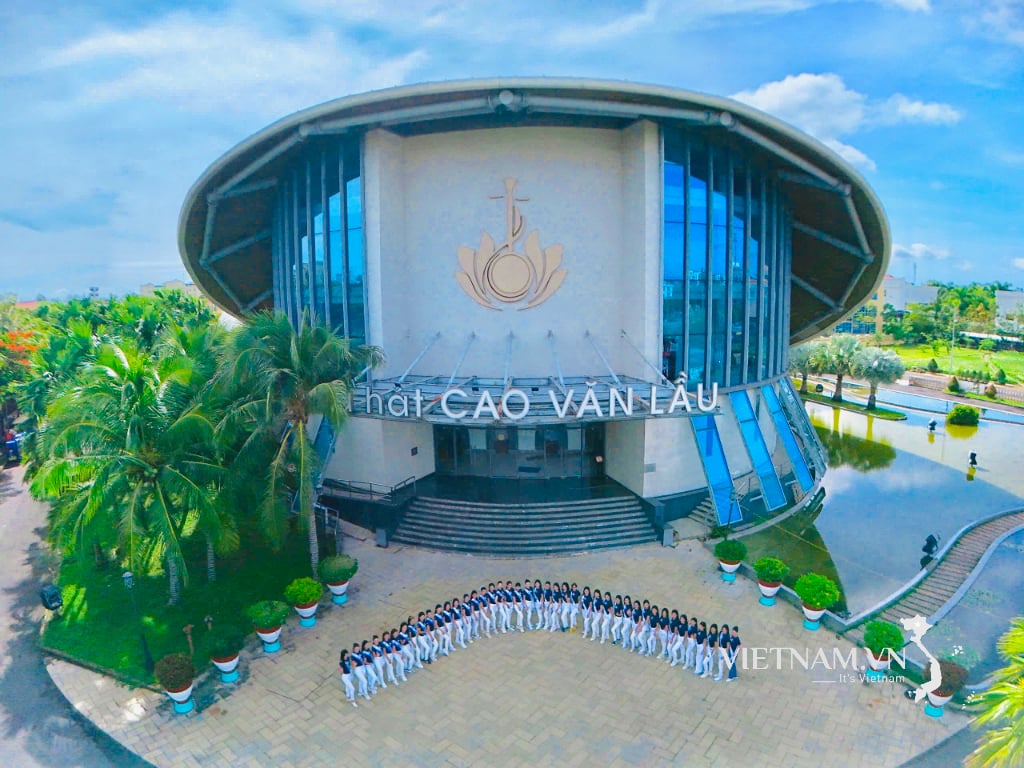
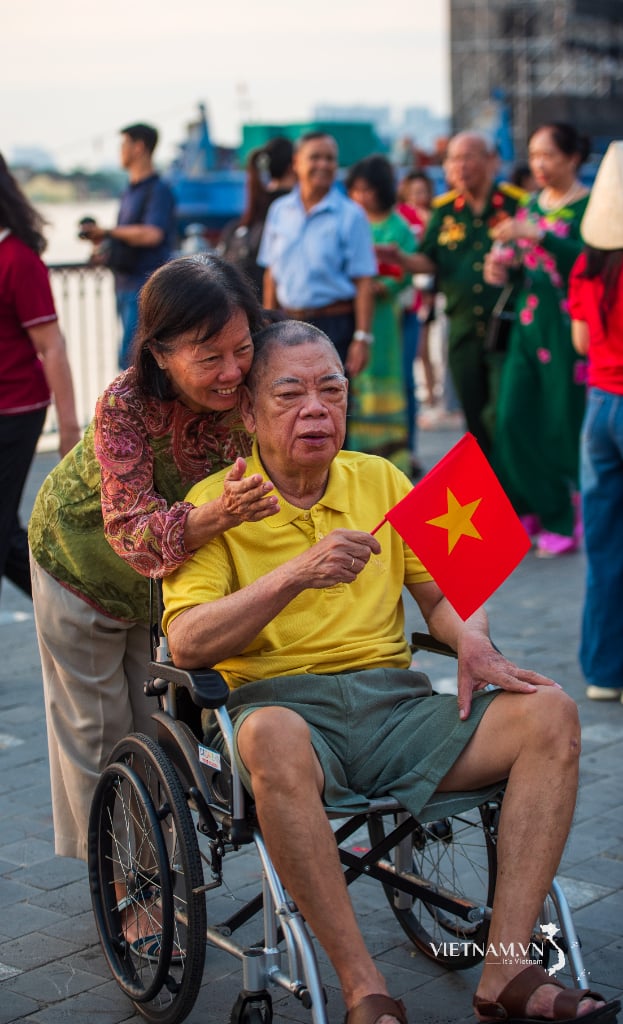

Comment (0)